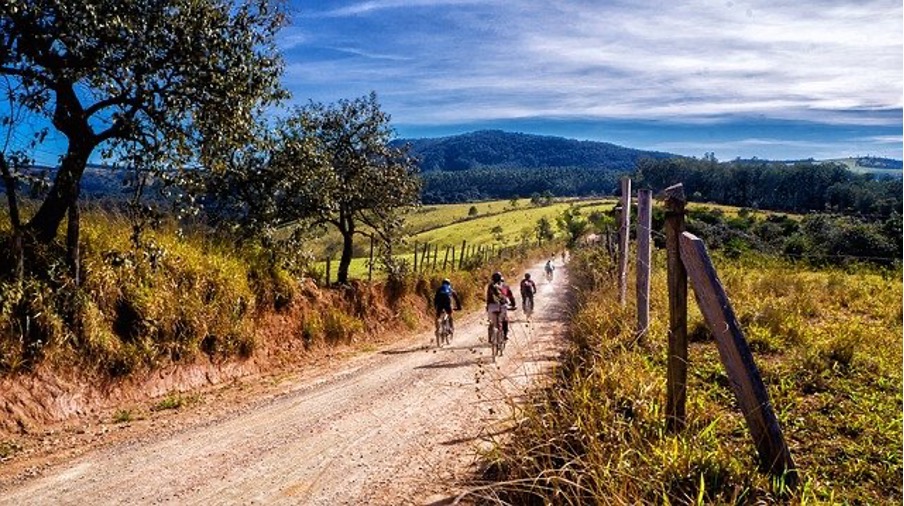Adventure racing (AR) encompasses a class of outdoor endurance sports that can include anywhere from three to six specific events and include teams comprised of usually two to four participants. Adventure racing events could last a few hours or as long as ten days. The venues will vary, with events launching everywhere from a backyard in a residential neighborhood to some exotic location halfway around the world.
George William Carris is an adventure racing participant and organizer and below he will describe how best to break into AR for a newbie. But before that, Mr. Carris gives a little more background on adventure racing.
What is Adventure Racing?
AR is a primarily off-road, multi-sport event and (often) navigation-based sport. Enthusiasts will have a number of options to choose from:
- George William Carris explains events could involve any or all of the following:
- Trail running or trekking
- Mountain biking
- Paddle sports, such as kayaking, canoeing or rafting
- Compass and map (not GPS) navigation
- Other sports are added from time to time based on the terrain and the program
- Duration varies according to the type of race:
- “Sprint adventures” can last between two to five hours
- “Expedition” races can last from three to ten days, with non-stop adventure
- Races that run in between “sprints” and “expeditions” are available
- Team strength also varies:
- Shorter races can be run in pairs or threes
- Expedition races feature teams of four
The specific sprint or expedition often determines the events covered, the duration of the event and the number of team members involved.
For example, a sprint adventure lasting a couple of hours may have only three of the specific events and only involve a pair of adventurers. A 10-day adventure, on the other hand, will feature a team of four and include most or all of the events mentioned above, and perhaps other, more exotic, options.


How Important is It to Navigate?
The classic expedition style sport, and the way the adventure sports genre got started, involved participants orienteering through remote terrain, which in turn meant that being able to navigate using maps natural elements.
Adventure racing nowadays incorporates greater variety in the way events are structured, with a wide number of locales and course options. So, while being very experienced in navigation is an asset to your team, it is possible to find races that do not require the teams themselves to navigate the course.
How to Get Started?
George William Carris says there are a number of steps, both mental and physical, involved:
- Set Goals – At the outset, decide what to strive for. Some people may just test themselves, trying to get and stay fit, so finishing a course side-by-side with your teammates is sufficient gratification. Others may be very competitive and want to really WIN serious races. Setting goals helps to figure out the type of AR that suits you.
- Look into the AR Options – George William Carris explains that there are multiple sites that will provide you with a good snapshot of the AR options that are available (e.g., check out http://ar.attackpoint.org/). Match possible options with the goals you have set for yourself to get started.
- Learn the Ropes, Train Properly – The Attackpoint website above features an online training and race log that also features exercise and fitness regimens employed by experienced racers. There are also blogs that help attune a new racer by providing tips on training and sharing their experiences on races. And…see #5 below.
- Choose the Right Gear – George William Carris says that the resources mentioned here, as well as others available, will contain tips on the selection of gear. Whether it’s buying a new mountain pack or appropriate gear to stay warm and safe, knowing how to choose the right kit is essential.
- Look for an Endurance Coach if Needed – There are an abundance of qualified coaches whose names can be found via AR blogs. Some programs, such as Bend Racing will offer AR-focused training camps according to George William Carris. Newcomers can obtain all the help they need.
- Learn Navigation if You Choose AR Events that Require that Skill – Purists will want to participate in AR events that require orienteering via map and compass. Undertake training unless you are already experienced on this.
- Get a Full Medical Check Up – With any endurance sports, being in top condition is a necessity. Before embarking on such an adventure, make sure you don’t have any conditions that could land you in physical danger.
- Find the Right Team – George William Carris explains that unless you have access to a team of two or three people who all know each other well and train together, you may need to look for the right teammates. Many social media forums, such as Facebook, offer Adventure Race Teammate Finders.
- Choose from a Race Calendar – The USARA lists adventure races all over the country, just as SleepMonsters lists international events. Find a race that suits your fancy.
Finally, George William Carris explains that a newbie can always get immersed in the lifestyle quicker by joining an active community of Adventure Racers. They should be easy to find via social media, with many groups already on Instagram, Twitter and Facebook. YouTube has plenty of inspiring visual material, as do AR forums such as Attackpoint and other websites.

